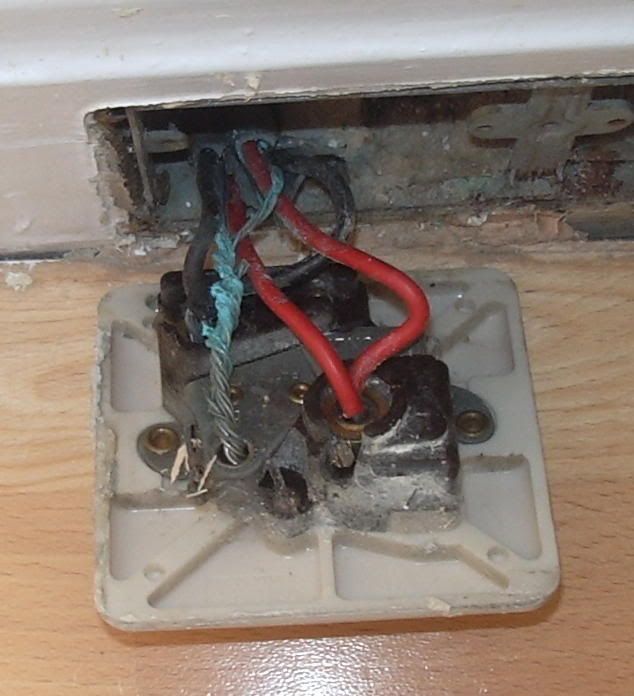Hi,
I've just had a new fuse box fitted with RCD's and trip switches. When the electrician fitted it he informed me that I have no earthing in my lighting circuit so it wouldn't meet current regs. Additionally on the connections of the mains circuit there was a small amount of a bright blue powder which he said is evidence of corrosion.
His advice was to rewire the all the lighting, and whilst that was being done check the degradation of the mains circuit and rewire if needed.
Now obviously I don't want the expensive of hassle of complete re-wire so my question is what is the implication of not having it done? Is it still legal, would it come up in a HIPs report and scare people away, is it dangerous (or do I just need plastic switches and double insulated lights).
Am i just delaying the inevitable by not doing it now, so should I just bite the bullet and do it ?
Many thanks in advance for your thoughts.
Richard.
I've just had a new fuse box fitted with RCD's and trip switches. When the electrician fitted it he informed me that I have no earthing in my lighting circuit so it wouldn't meet current regs. Additionally on the connections of the mains circuit there was a small amount of a bright blue powder which he said is evidence of corrosion.
His advice was to rewire the all the lighting, and whilst that was being done check the degradation of the mains circuit and rewire if needed.
Now obviously I don't want the expensive of hassle of complete re-wire so my question is what is the implication of not having it done? Is it still legal, would it come up in a HIPs report and scare people away, is it dangerous (or do I just need plastic switches and double insulated lights).
Am i just delaying the inevitable by not doing it now, so should I just bite the bullet and do it ?
Many thanks in advance for your thoughts.
Richard.


